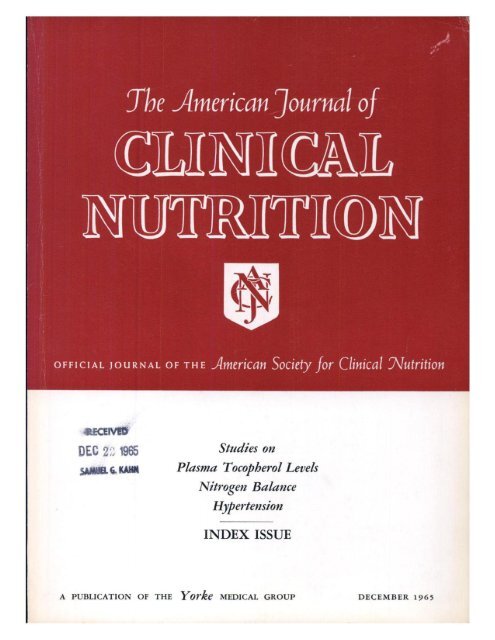Longitudinal cohort study of canola composition demonstrates changes in the climate and the food system are decreasing the essential fatty acid content of canola
IF 6.5
1区 医学
Q1 NUTRITION & DIETETICS
引用次数: 0
Abstract
Background
Canola oil represents a vital source of essential fatty acids (EFA), linoleic (LA), and α-linolenic acid (ALA). In assessing EFA intake, clinicians and nutritionists consult food composition databases; however, nutritional composition data may not reflect changes in food composition due to environmental factors. As the leading global exporter, Canada annually monitors canola quality in Manitoba, Saskatchewan, and Alberta using the Canadian Grain Commission’s Harvest Sample Program, providing a geographical cross-section of canola composition which may provide empirical evidence for changes in EFA content for canola oil.
Objective
Use fatty acid composition data from 2010 to 2022 to determine 1) regional variability, 2) temporal variability, and 3) estimate how much of the observed variability can be related to differences growth temperature.
Method
Using the Harvest Sample Program and contemporaneous climate data, we constructed a model relating EFA composition with mean daytime high temperatures during flowering and seed development.
Results
Data for this cohort showed the average mean ALA content decreased from 9.93 ± 0.78 mass % (average mean± standard deviation) to 8.16 ± 0.46 mass %, with a concomitant increase in oleic acid. LA content was less variable, with a maximum of 19.21 ± 0.52 mass % in 2012 and a minimum of 18.06 ± 0.32 mass % in 2022. LA and ALA content are negatively correlated to daytime high temperature.
Conclusion
Compared our observations to publicly available food composition databases, the observed systemic changes in fatty acid composition from the field can be detected on grocery store shelves.
求助全文
约1分钟内获得全文
求助全文
来源期刊
CiteScore
12.40
自引率
4.20%
发文量
332
审稿时长
38 days
期刊介绍:
American Journal of Clinical Nutrition is recognized as the most highly rated peer-reviewed, primary research journal in nutrition and dietetics.It focuses on publishing the latest research on various topics in nutrition, including but not limited to obesity, vitamins and minerals, nutrition and disease, and energy metabolism.
Purpose:
The purpose of AJCN is to:
Publish original research studies relevant to human and clinical nutrition.
Consider well-controlled clinical studies describing scientific mechanisms, efficacy, and safety of dietary interventions in the context of disease prevention or health benefits.
Encourage public health and epidemiologic studies relevant to human nutrition.
Promote innovative investigations of nutritional questions employing epigenetic, genomic, proteomic, and metabolomic approaches.
Include solicited editorials, book reviews, solicited or unsolicited review articles, invited controversy position papers, and letters to the Editor related to prior AJCN articles.
Peer Review Process:
All submitted material with scientific content undergoes peer review by the Editors or their designees before acceptance for publication.

 求助内容:
求助内容: 应助结果提醒方式:
应助结果提醒方式:


